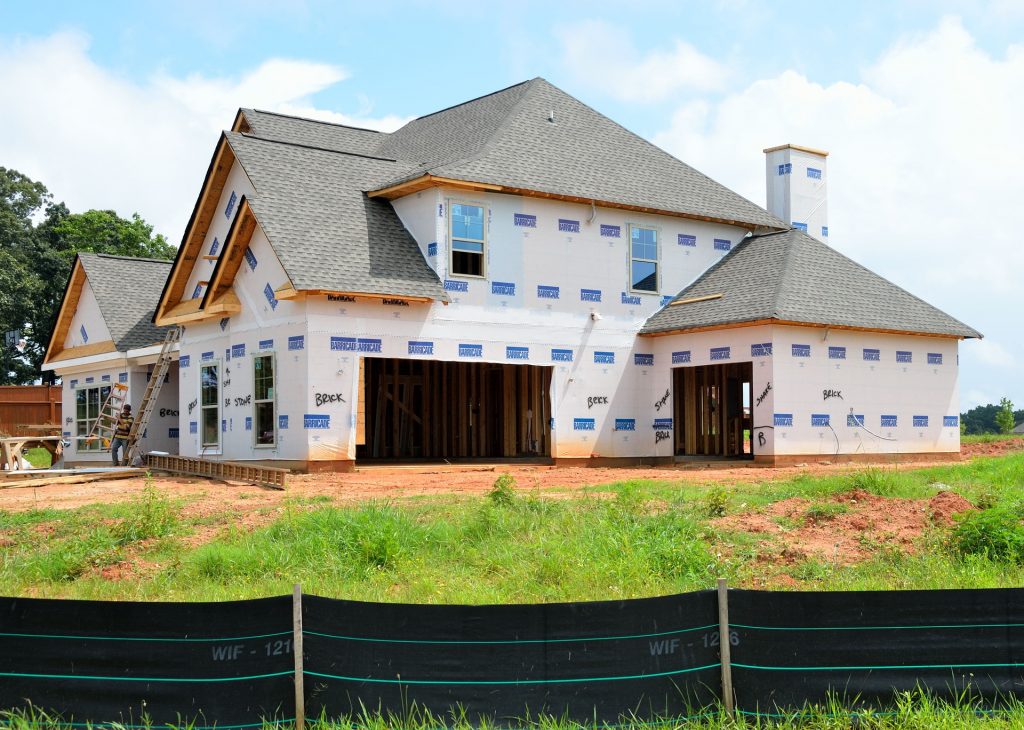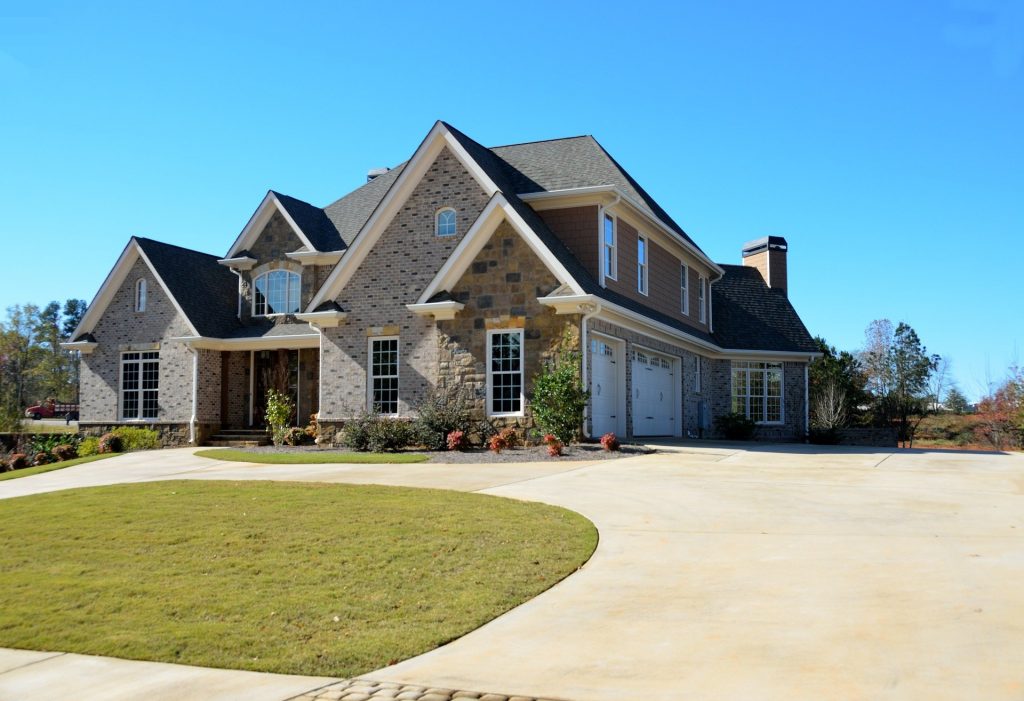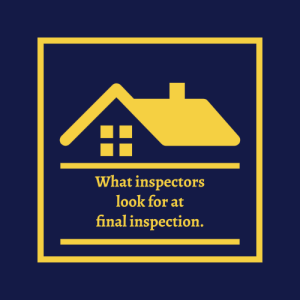february 2021, issue 4
ELITE PERMITS
BRIEFING ON CONSTRUCTION & Some other stuff


FEMA 50% RULE
Written by TATIANA gUSt
Moving to Florida? Beware of the 50% FEMA rule.
With so many people moving to Florida, I think it is important for you to know what this 50% FEMA is all about. Many people may be looking to buy a new home or have big dreams to remodel their current home, only to find out that they are limited on what they can do.
Lets us help you to pull the permit for your next project.
We will provide clear direction on the FEMA requirements to make the permit easy for you.
What does the 50% FEMA rule stand for? Contrary to what many believe, this is not triggered by the area being remodeled (up to 50% of the building area), but rather a percentage of the appraised value of the house, not including the land. In simple terms, if the property is located in a flood zone, and the finished floor elevation is lower than the minimum standards, then you can only remodel up to an amount that does not exceed 50% the value of the structure. For example, if you buy a $150,000 home, and the land is worth $50K, then the actual house value is only $100,000; therefore, under this rule, you can spend a maximum of $50K on the remodel.
In order to provide the best overall explanation on a rather dense subject, I will make it as simple to understand as possible without getting into a lot of details.
As you may know, FEMA stands for Federal Emergency Management Agency, which oversees the management of funds after a disaster strikes a specific area. FEMA funds become available once the state requests help from the federal government. The funds are intended to repair property back to the condition it was in at the time of the disaster, not the original condition.
So, you are probably thinking, well I own the house outright, so I don’t have to meet these requirements; I don’t have a mortgage! Well, homes and business located within flood areas with federally backed loans, are required to obtain flood insurance. The coverage may vary widely among areas, so the government, in an effort to make these insurances affordable, have tasked the local community with enforcing FEMA limitations (such as the 50%) on all properties within flood zones regardless of whether or not they have mortgages. This limits the value of the insured properties so when disaster strikes, the losses are somewhat limited. This is called risk rating classification for each community, to ensure the insurance rate within their communities remain affordable for everyone.
If you are planning to do a remodel, first check with your local building department to see if your address is located in a flood zone.
*If you are not, then you are free to do any improvements you want without worrying about the 50% FEMA rule.
*If you are in a flood zone, check if there is an elevation certificate in the county records. This document will tell you of you are above or below the elevation required by FEMA. If there is not, you have two options:
1. Submit a remodel with a cost below 50% of the appraised value (do not include land value), or
2. Obtain a new elevation certificate, however, if the certificate proves that the structure is below the elevation required by your local government, then you still have to limit your remodel to less than 50% of the value.
There are other ways that you can overcome some of the limitations, but the options are abundant, and the subject is so complex that I would recommend discussing them with your architect or contractor.
As always, if you like our blog, please share it with others or write to me about specific subjects that you would like me to address.







